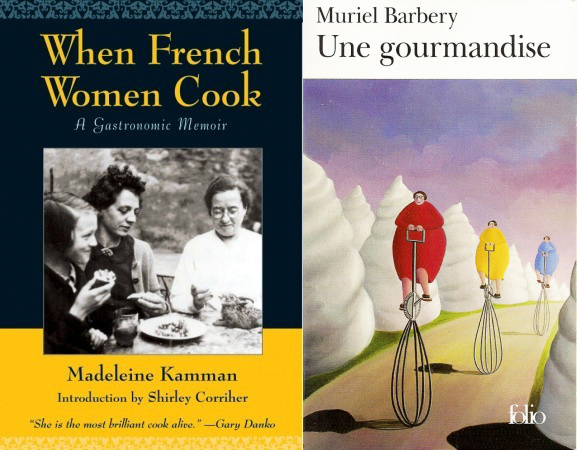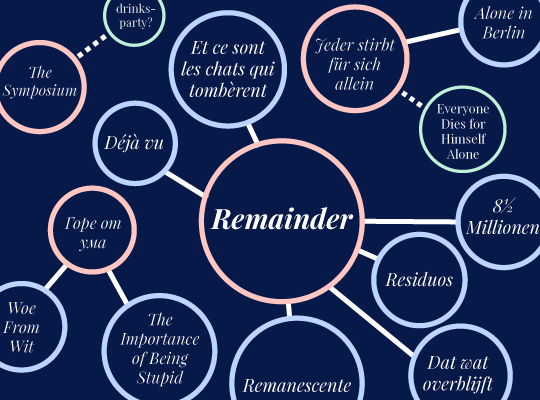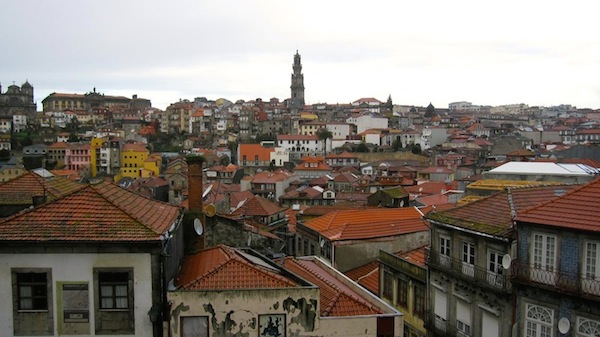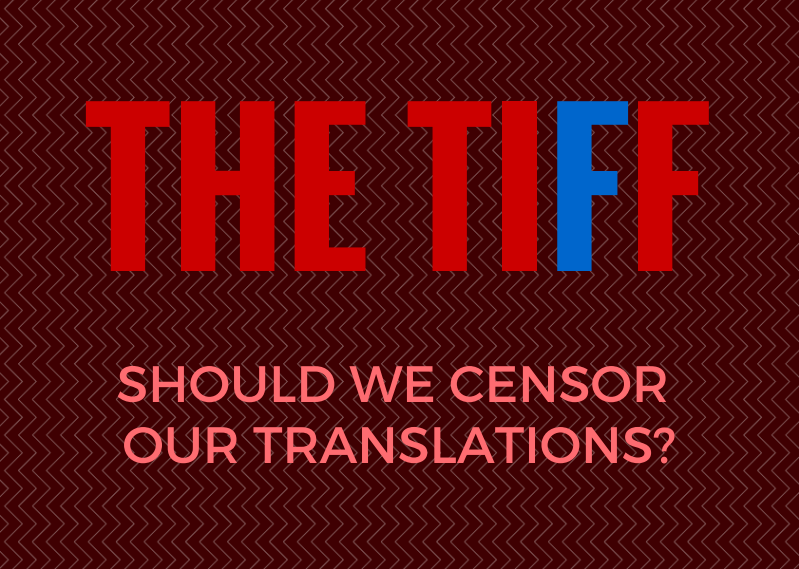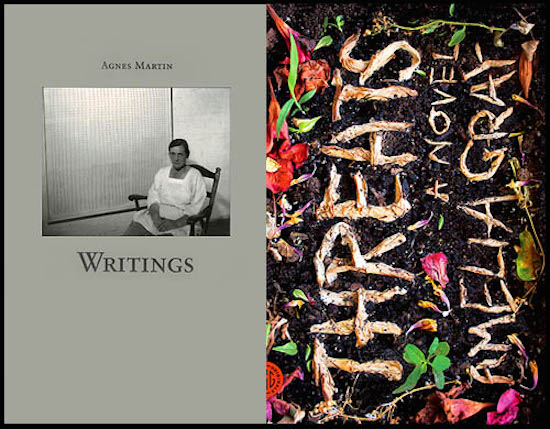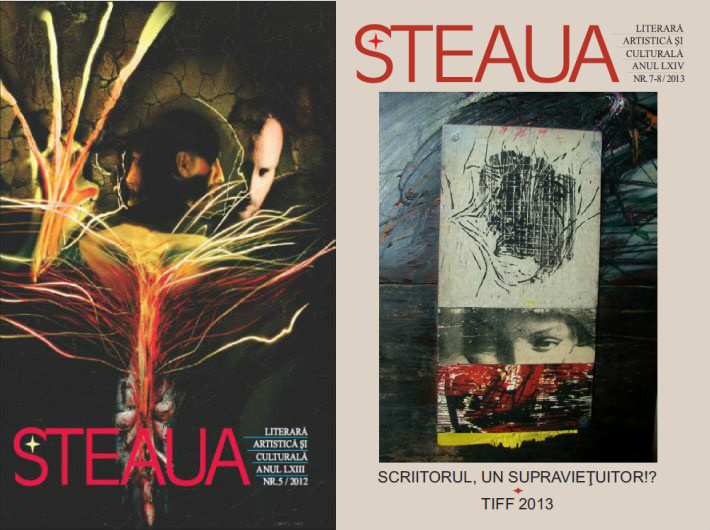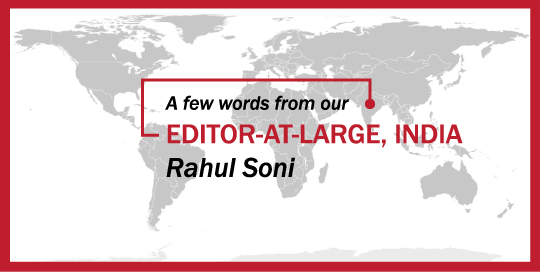We were driving along the Sheikh Zayed Road from Abu Dhabi to Dubai, a hundred and fifty kilometres of desert back then unmarked by a single building or feature from one city limit to the next. It was the mid-1990s, and my father, an architect, had just relocated the family to the United Arab Emirates, where we joined the tribe of impermanent aliens that constitute over eighty-five percent of the country’s population and workforce. At the top of this pyramid: the Emaratis themselves, former Bedouins who shuffled back and forth between town houses and their farms in distant oases in their 4x4s, safely ensconced behind blackened glass. The couple of decades since the oil crisis in 1973 had seen the establishment of one of the world’s most lavish welfare states, whereby Emaratis were being gradually etherized with “sit-down money”—an expensive version of what has also befallen Australia’s Aborigines, among others—meaning that if your grandfather had once lived in a tent and dined on dates, bread, and salted fish, attuning his life to the rhythm of the sea and the sands, you would instead have gone to Yale on a scholarship and found a managerial post at some state-owned corporation waiting for you on your return; you might never go to the office, but that wouldn’t get in the way of your salary, your house, your satellite television. It all happened in the space of a single generation.
It was either our second or third weekend excursion to Dubai, but this one was special. My father had promised me a rare sight: a Swedish camel. They were blonde and had blue eyes, but you couldn’t inspect their irises up close, as they were even grumpier than your average camel and would probably tear away a finger or two. My father’s warning left a vivid impression. I spent the two-hour trip with my nose glued to the window as my father pointed out three or four of the beasts, barely visible in the blurry distance. “Are they really blonde?”—“Yes!”—“And blue-eyed?”—“Yes!”—“Why did they leave Sweden?”—“Because it was cold!”
*


